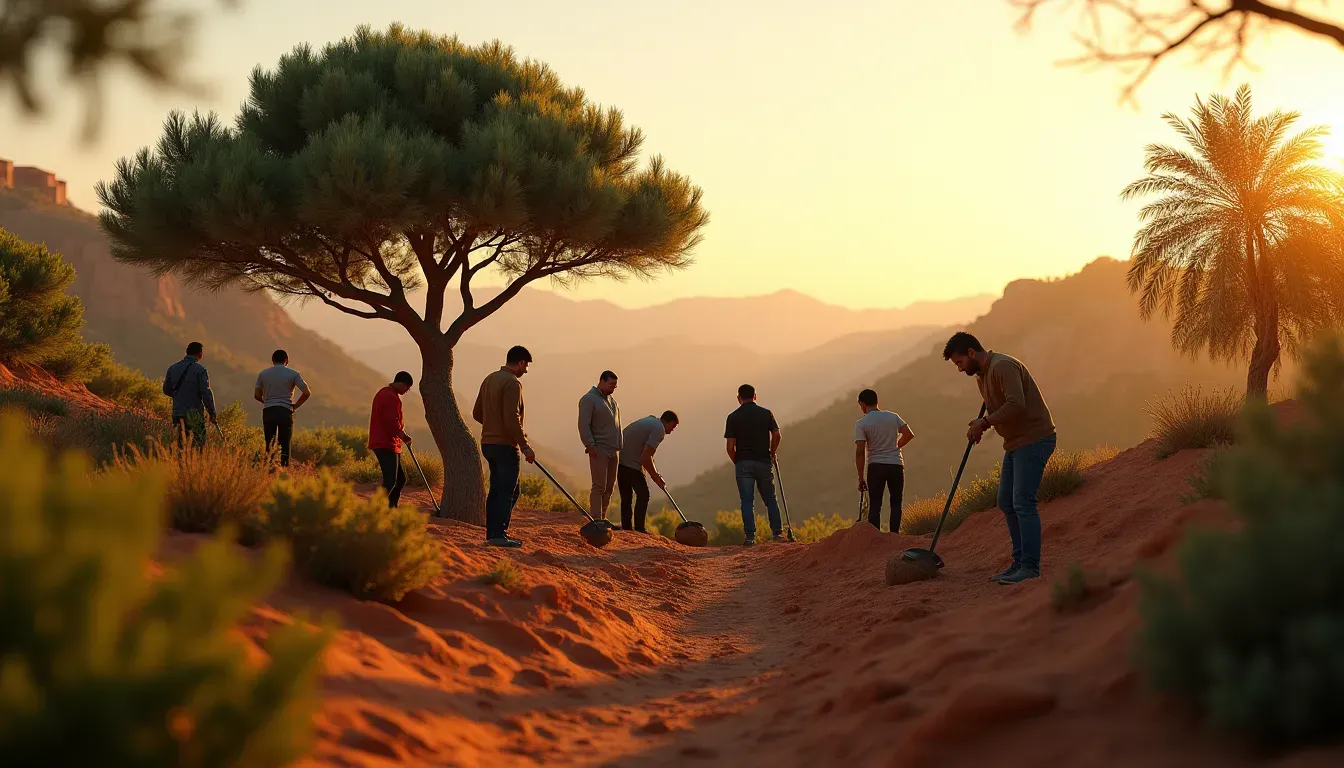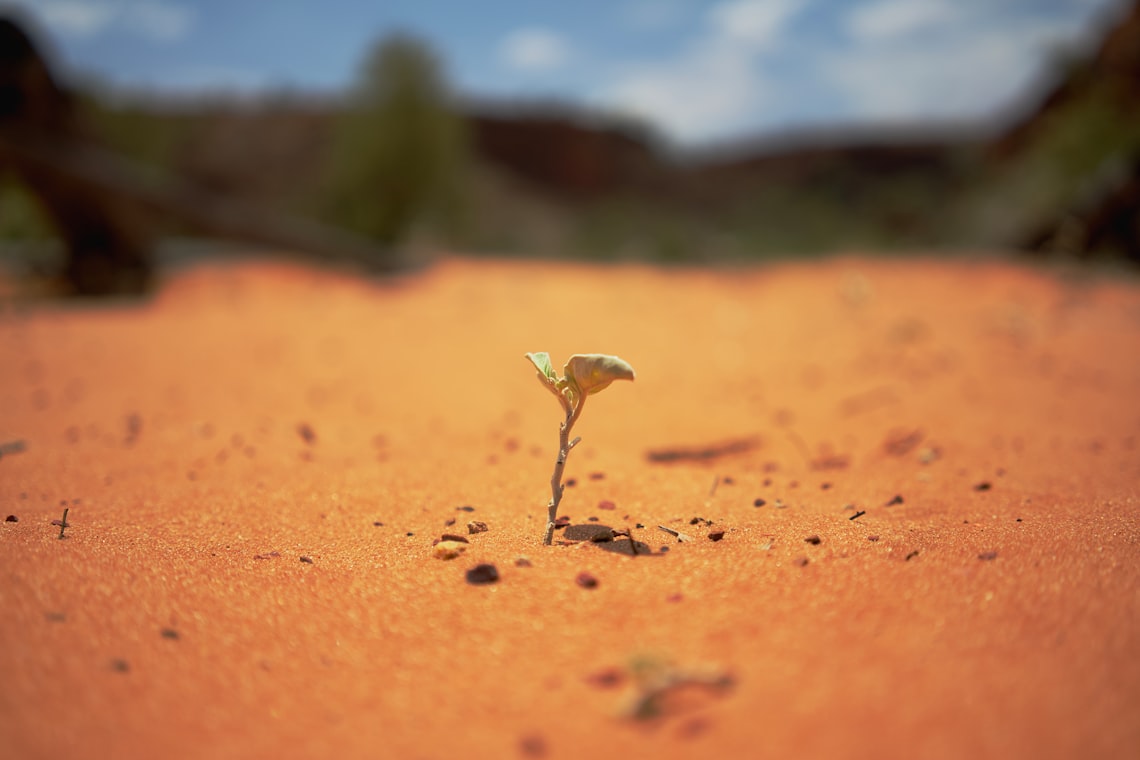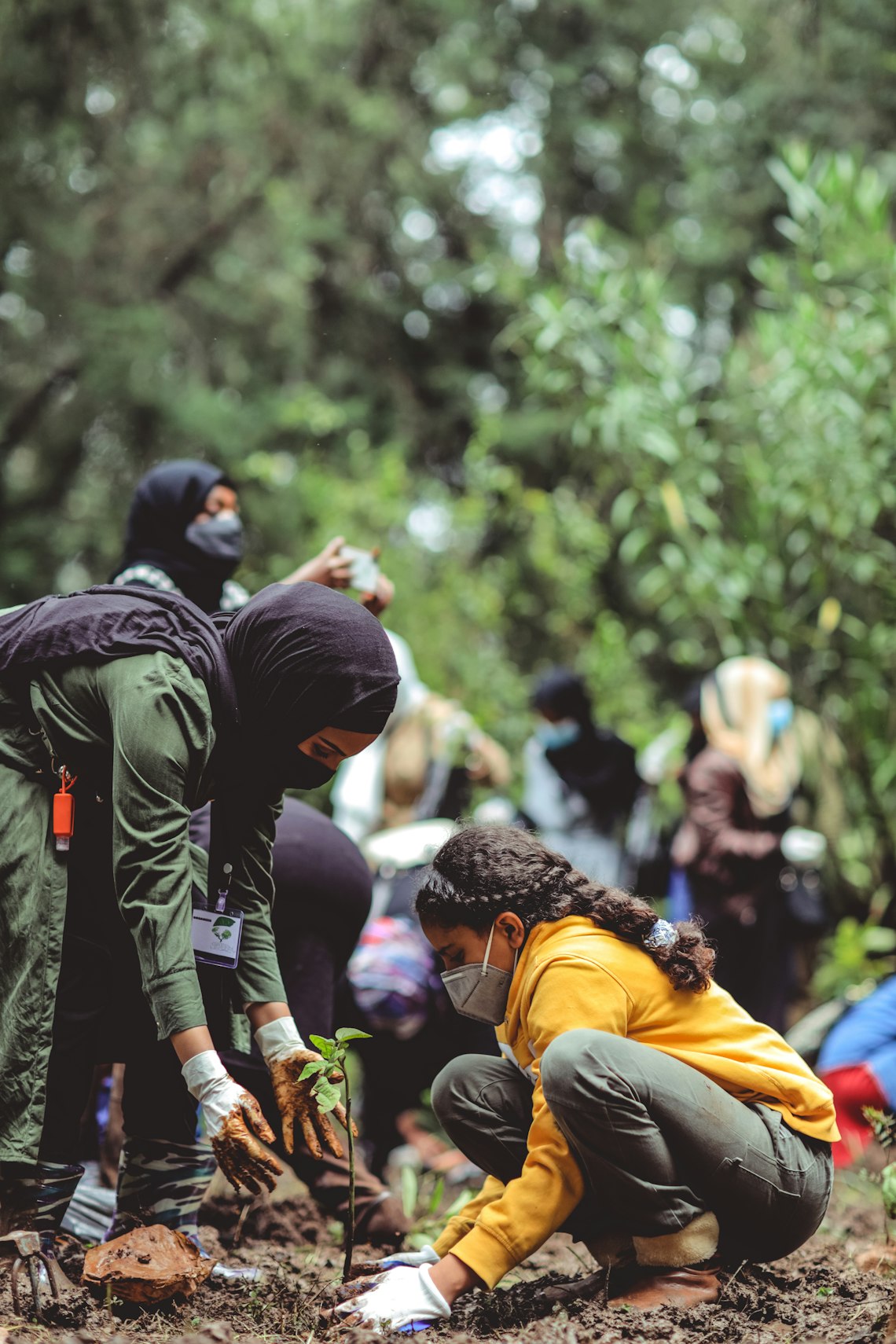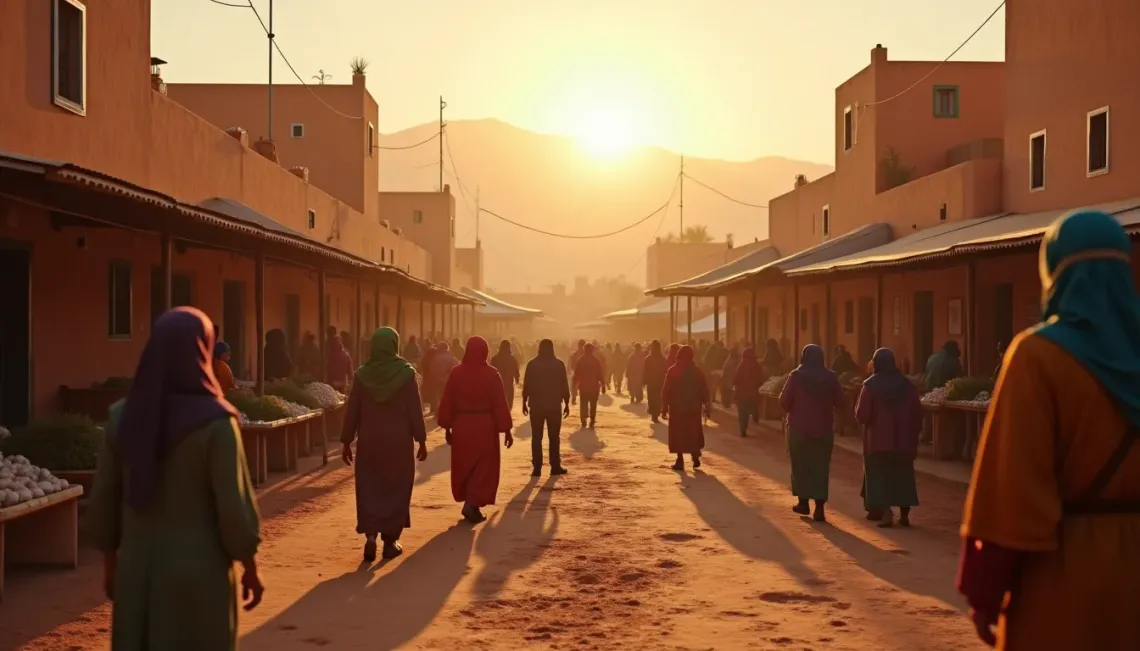The majestic landscapes of Morocco, from the rugged Atlas Mountains to the sweeping Sahara Desert, are deeply intertwined with the country’s cultural and environmental heritage. Yet, in recent years, the need for environmental restoration has become increasingly evident as desertification threatens these vital ecosystems. Through dedicated reforestation efforts, tree planting in Morocco serves as a beacon of hope, working towards the preservation of our heritage and the environment.
The Importance of Tree Planting in Morocco
Tree planting in Morocco is not just an environmental initiative; it is a critical step towards maintaining the ecological balance. The natural landscapes provide essential resources and play a significant role in local culture. The trees protect the soil, preserve water resources, and provide habitats for diverse wildlife, showcasing the country's incredible biodiversity.
Environmental Restoration and Heritage Preservation
Morocco's efforts in environmental restoration are vital for heritage preservation. The country's long and rich history includes a harmonious relationship with nature, where traditional farming and land use practices depended on well-maintained ecosystems. By focusing on tree planting, Morocco is not only ensuring the survival of its natural heritage but also safeguarding the cultural practices that are tied to the land.
Key benefits of reforestation efforts include:
- Reducing soil erosion
- Improving water retention and quality
- Mitigating climate change through carbon sequestration
- Enhancing biodiversity by fostering native species
Reforestation Efforts Across the Country
The government and various NGOs have launched numerous reforestation projects aiming to plant millions of trees across Morocco. These initiatives are critical to combat the effects of deforestation and desertification. Notable projects include the "Green Morocco Plan," which focuses on sustainable farming and land use, and aims to plant trees that are native and well-suited to the local environment.
Community Involvement and Sustainable Practices
The success of reforestation efforts depends heavily on community involvement. Many local communities are actively engaged in tree planting initiatives, understanding that protecting the environment means preserving their way of life. Sustainable practices such as using drought-resistant tree species and incorporating traditional knowledge into modern agriculture are at the forefront of these projects.
For more insight on sustainable agriculture practices that could assist in Morocco's reforestation efforts, read about sustainable agriculture techniques.
Challenges and the Way Forward
Although significant progress has been made, challenges remain in ensuring the long-term success of tree planting in Morocco. Issues such as limited rainfall, land degradation, and socio-economic factors require ongoing commitment and innovative solutions. Nevertheless, the determination to restore environmental health and preserve Morocco's heritage continues to drive efforts forward.
Collaboration between government bodies, NGOs, and local communities is essential, along with continued international support and research into best practices. For more information on global environmental restoration strategies, you may explore environmental restoration methods.
In conclusion, tree planting in Morocco is a pivotal part of the country’s approach to environmental restoration and heritage preservation. By nurturing the land, Morocco not only revives its ecosystems but also honors the legacy of its ancestors. As efforts continue to grow, the future holds the promise of a greener, more sustainable Morocco.




